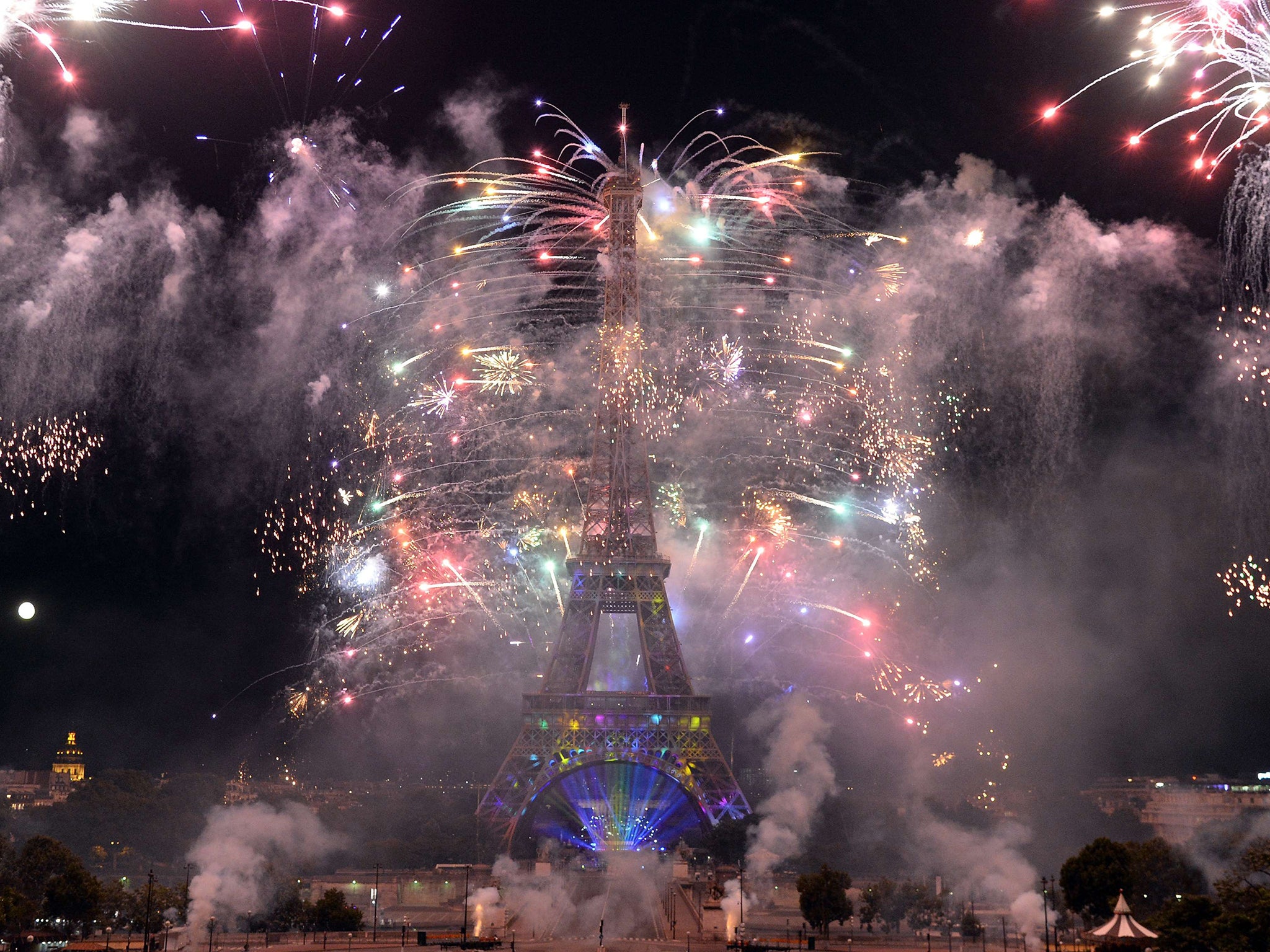I see why tourists flock to Paris. But what keeps all the sparrows here?
Why are the birds still able to flourish in one, yet not in the other?

Having spent a day in Paris last week, and taken a good look at a number of tourist attractions, I feel I am in a position to offer a few up-to-date observations on the French capital, comparing it to London, for anyone planning a holiday visit – something I strongly recommend.
For the first observation is, it’s still the world’s most beautiful city, especially in summer. The centre, conceived on a scale which is monumental yet harmonious, provides breathtaking vistas London simply cannot match, such as the one from the École Militaire to the Eiffel Tower and back, across the Champ de Mars, or the one from the Louvre all the way up the Grand Axe to the Arc de Triomphe, or the panorama when you cross the Seine on the Alexandre III bridge of the Invalides with its astonishing golden dome (under which Napoleon is buried).
Secondly, ham sandwiches. A ham sandwich in Paris, made with a fresh baguette, is not like a ham sarnie in England, especially if you specify you don’t want jambon blanc, which is boring boiled ham, but jambon du pays, which is something far tastier. A treat awaits.
Third observation: the Metro. Good as far as it goes, with those nice Art Deco station entrances, and trains which are regular and quick and clean. But once you use six or seven stations in an afternoon, as I did, you realise there are an awful, awful lot of stairs. The London Underground’s abundance of escalators is something I have taken for granted till now. Never again.
Fourthly, Paris still has sparrows, and London does not.
For that was my real reason for going. Last week I wrote here of London’s lack of house sparrows, which, once numerous in the capital, vanished almost completely in the 1990s. I told how with Helen Baker, President of the London Natural History Society, I took a three-hour walk through sparrowless streets and parks, until in a backwater of the West End we finally tracked down what is almost certainly the last remaining, tiny colony in the city centre.
The reason they disappeared remains a mystery, and it is now fourteen years since the Independent offered a £5,000 prize to any scientist who could solve it – a prize which has not been won. But the reason I began writing about vanishing sparrows in the first place was a visit to Paris with my family in 2000, when, in complete contrast to London, they were everywhere.
My walk with Helen made me overwhelmingly curious – are they still flourishing in Paris? So I hope I may be excused returning to the subject, as the answer after my visit last Friday is, yes – a fact of enormous significance for the London situation. Sparrows are still in Paris, in numbers.
For they greeted me the moment I walked out of Montparnasse station (I had come for a day trip from a Normandy holiday). I heard them cheeping as soon as I walked into the square outside (you always hear them first) and then saw three of them, as I set out on a systematic search of five likely locales. The first such was the Luxembourg Gardens, the lovely park not far from the Sorbonne; in a little patch of flower beds surrounded by bay hedges, near the Orangerie, I found a colony of about 30.
The next target was the Jardin des Plantes, Paris’s botanic garden, and I heard and saw them the moment I entered: they were hopping around people having picnics, hoping for crumbs. After that I tried the square in front of Notre Dame cathedral, packed with tourists, which I imagined would be sparrow-free, but to my surprise there were more than 100: you could hardly avoid them.
Then, on a hunch, I made for the pint-sized, charming park on the pointed end of the Île de La Cité in the middle of the Seine, which is called Le square du Vert Galant, and to my delight, they were there as well; and finally I went to the Tuileries, the long formal gardens between the Louvre and the Champs Elysees, and found a healthy colony by the café.
I was utterly bemused. London and Paris are very similar modern cities, only 200 miles apart – the distance from London to Manchester – with I would imagine broadly comparable climates and traffic flows and waste streams. Why are the birds still able to flourish in one, yet not in the other? Something catastrophic has clearly taken place within the sparrow ecosystem in London, which has not happened in Paris.
What on earth is it? You tell me.
Join our commenting forum
Join thought-provoking conversations, follow other Independent readers and see their replies
0Comments